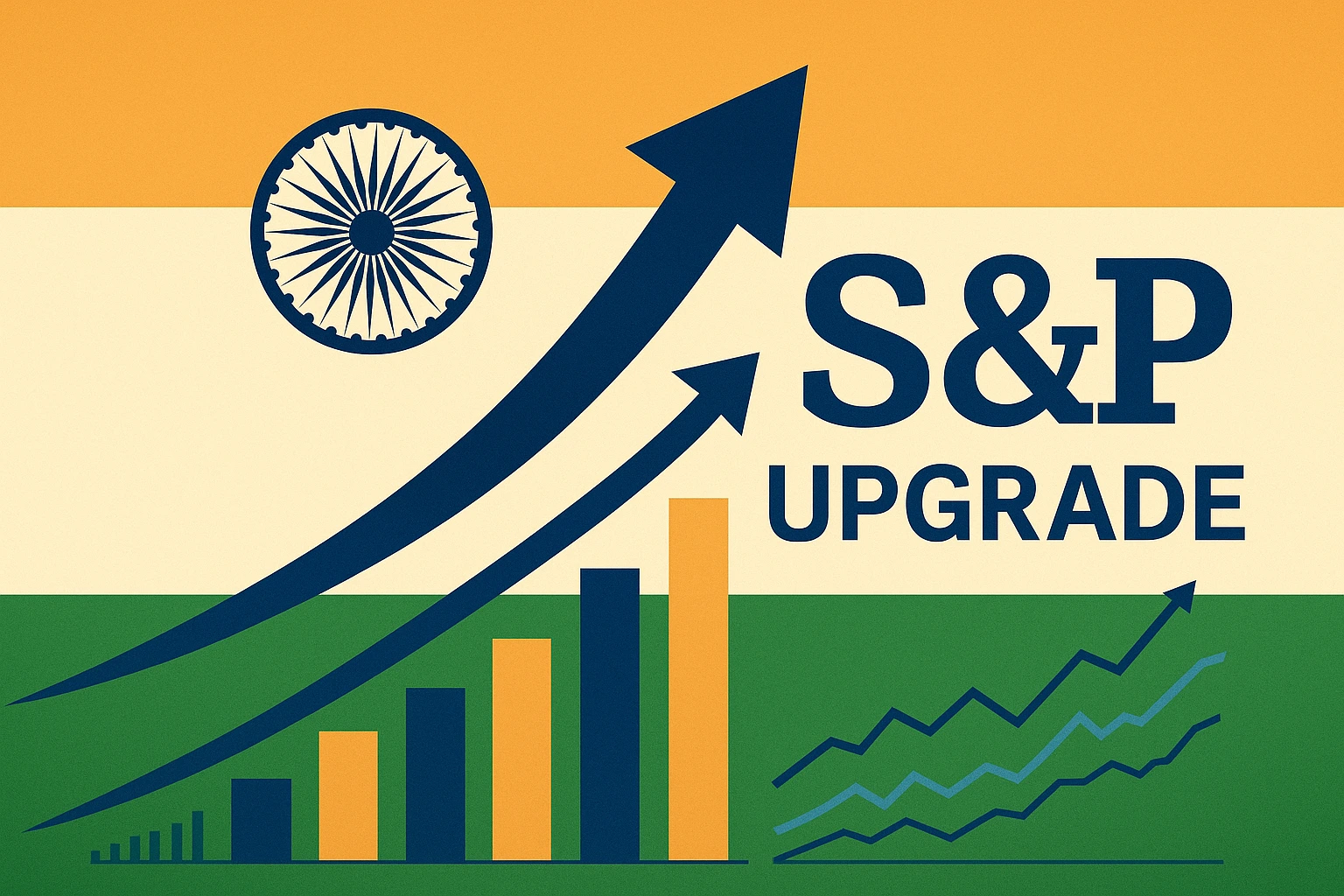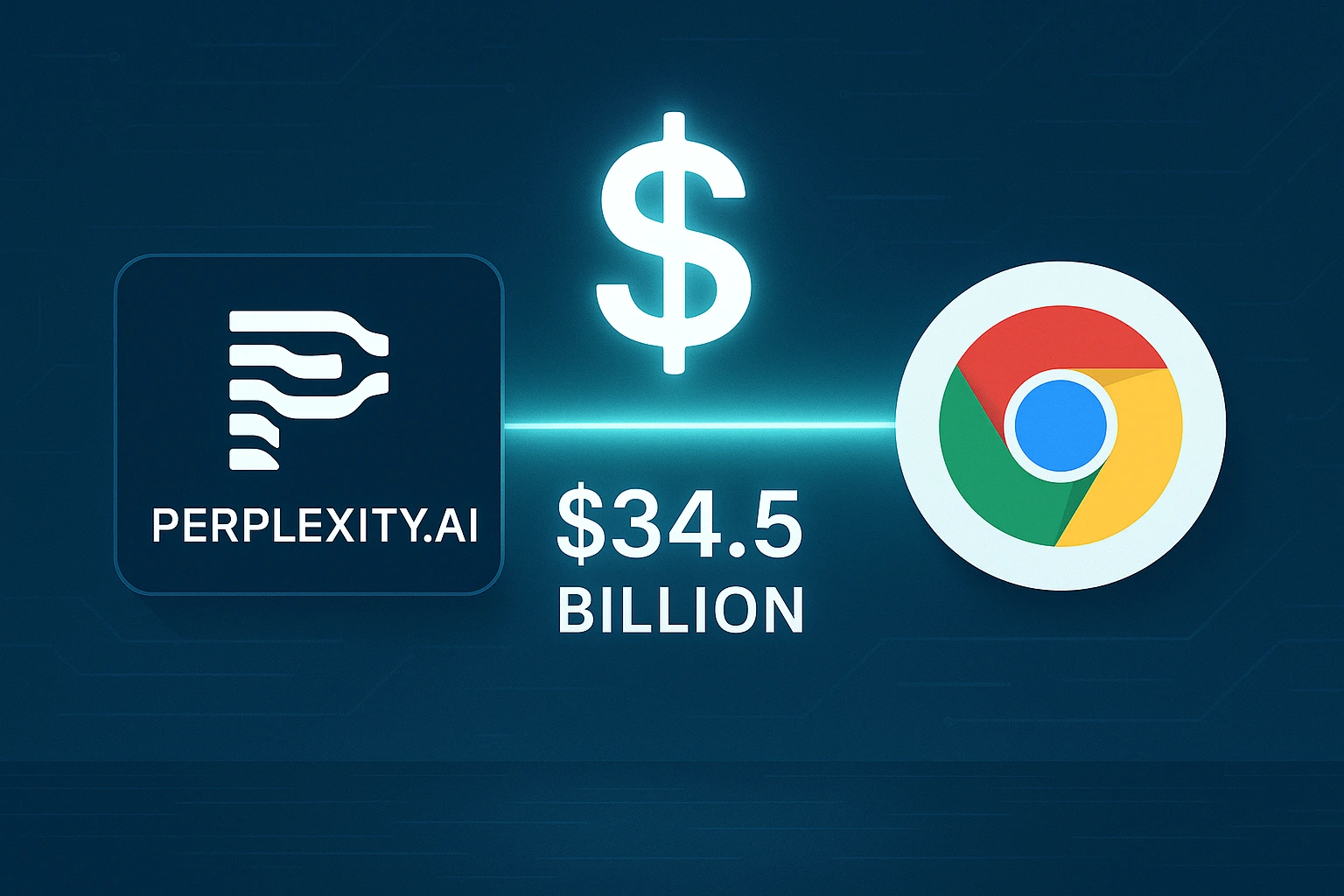
Introduction
Navigating the world of credit can be daunting, especially when faced with terms like “secured” and “unsecured” credit cards. Understanding the nuances between these two financial tools is crucial for making informed decisions that align with your financial goals. Whether you’re building credit from scratch or looking to improve your existing score, grasping the differences between secured vs. unsecured credit cards is the first step towards financial empowerment. This post will delve into the specifics of each type, their respective benefits, key differences, and how to choose the right card for your needs.

What is a Secured Credit Card?
A secured credit card is a type of credit card that requires a security deposit. This deposit, typically equal to your credit limit, acts as collateral for the card issuer. In essence, you’re lending yourself the money you’ll spend. This deposit minimizes the risk for the lender, making secured cards an excellent option for individuals with limited or poor credit history. The security deposit is held in a separate account and is usually refunded when you close the account, provided you’ve paid your balance in full.
Benefits of Secured Credit Cards
- Building or Rebuilding Credit: The primary advantage of a secured card is its ability to help you establish or repair your credit score. Responsible use, such as timely payments and keeping your balance low, is reported to credit bureaus, positively impacting your credit history.
- Easier Approval: Because of the security deposit, secured cards have more lenient approval requirements compared to unsecured cards. This makes them accessible to individuals who may have been denied traditional credit cards.
- Low Risk for the Issuer: The deposit mitigates the risk for the card issuer, making them more willing to extend credit to individuals with less-than-perfect credit.
- Learning Responsible Credit Habits: Secured cards provide a safe environment to learn and practice responsible credit management. By starting with a lower credit limit, you can learn to manage your spending and avoid excessive debt.
- Potential to Graduate to an Unsecured Card: Many issuers offer a path to transition to an unsecured card after a period of responsible use, demonstrating your creditworthiness.

What is an Unsecured Credit Card?
An unsecured credit card, in contrast, doesn’t require a security deposit. Instead, the card issuer extends credit based on your creditworthiness, which is assessed through your credit score, income, and financial history. This type of card relies on the issuer’s trust that you will repay your debt.
Benefits of Unsecured Credit Cards
- No Security Deposit Required: The most significant benefit is that you don’t need to put down a deposit, freeing up your funds for other purposes.
- Higher Credit Limits: Unsecured cards often come with higher credit limits compared to secured cards, allowing for greater purchasing power.
- Rewards and Perks: Many unsecured cards offer attractive rewards programs, such as cashback, travel points, or discounts, providing added value.
- Established Creditworthiness: Having an unsecured card demonstrates a strong credit history and financial stability, which can be beneficial for future financial endeavors, like obtaining a mortgage or car loan.
- Flexibility: Unsecured credit cards provide greater financial flexibility due to generally higher limits and the ability to use the credit without a prior deposit.

Key Differences Between Secured and Unsecured Credit Cards
When comparing secured vs. unsecured cards, several key differences emerge:
- Security Deposit: Secured cards require a deposit, while unsecured cards do not.
- Credit Limit: Secured card limits are typically equal to the deposit, whereas unsecured card limits are determined by creditworthiness.
- Approval Requirements: Secured cards have more lenient approval criteria, while unsecured cards require a strong credit history.
- Risk for the Issuer: Secured cards pose lower risk due to the deposit, while unsecured cards involve higher risk for the lender.
- Rewards and Perks: Unsecured cards often offer more extensive rewards programs than secured cards.
- Credit Building: Both types can build credit, but secured cards are particularly effective for those with limited or poor credit.
- Interest Rates: Unsecured cards may have lower interest rates for those with excellent credit, while secured cards can have higher rates to offset risk.

How to Choose the Right Credit Card for You
Selecting the right credit card depends on your financial situation and goals. Consider the following factors:
- Credit Score: If you have a low or no credit score, a secured card is likely your best option. If you have a good to excellent score, an unsecured card might be more suitable.
- Financial Goals: Are you looking to build credit, earn rewards, or simply have access to credit? Define your goals to narrow down your choices.
- Security Deposit: Can you afford a security deposit? If not, an unsecured card, even with a lower limit, might be necessary.
- Annual Fees and Interest Rates: Compare the fees and interest rates of different cards to find the most cost-effective option.
- Rewards Programs: If you value rewards, look for unsecured cards with programs that align with your spending habits.
- Issuer Reputation: Choose a reputable issuer with good customer service and transparent terms.
- Consider your current debt: If you have high debt, a secured card with a very small limit may be the best starting point.
Tips for Using Credit Cards Wisely
Regardless of whether you choose a secured or unsecured card, responsible use is essential:
- Pay Your Bills on Time: Timely payments are crucial for building and maintaining a good credit score. Set up automatic payments to avoid missing deadlines.
- Keep Your Credit Utilization Low: Aim to keep your credit utilization (the percentage of your available credit that you use) below 30%.
- Avoid Maxing Out Your Cards: Maxing out your card can negatively impact your credit score and lead to excessive debt.
- Review Your Statements Regularly: Monitor your statements for errors and unauthorized transactions.
- Use Credit Wisely: Only charge what you can afford to pay back each month.
- Avoid Multiple Applications: Applying for too many credit cards in a short period can harm your credit score.
- Understand your interest rate: Know how much you are paying in interest, and try to pay more than the minimum payment.
Conclusion
Understanding the differences between secured vs. unsecured credit cards is vital for making informed financial decisions. Secured cards offer a pathway to building or rebuilding credit, while unsecured cards provide greater flexibility and rewards for those with established creditworthiness. By carefully evaluating your financial situation and goals, you can choose the right credit card to help you achieve financial success. Remember, responsible credit management is key to maximizing the benefits of any credit card.
For information on credit utilization: https://www.investopedia.com/terms/c/credit-utilization-rate.asp







